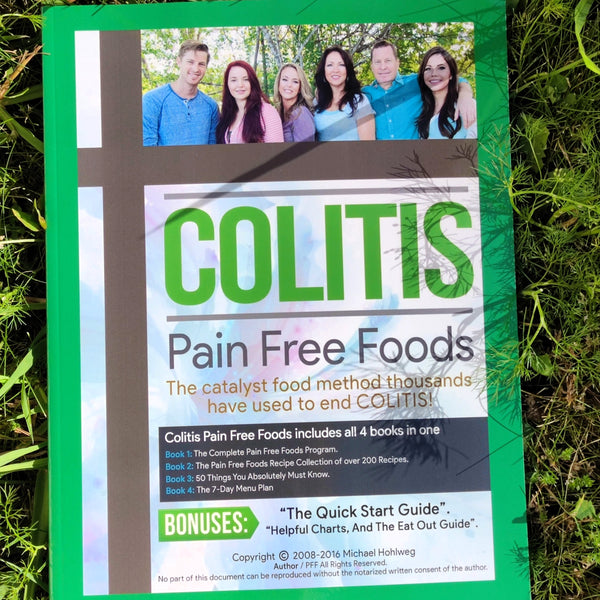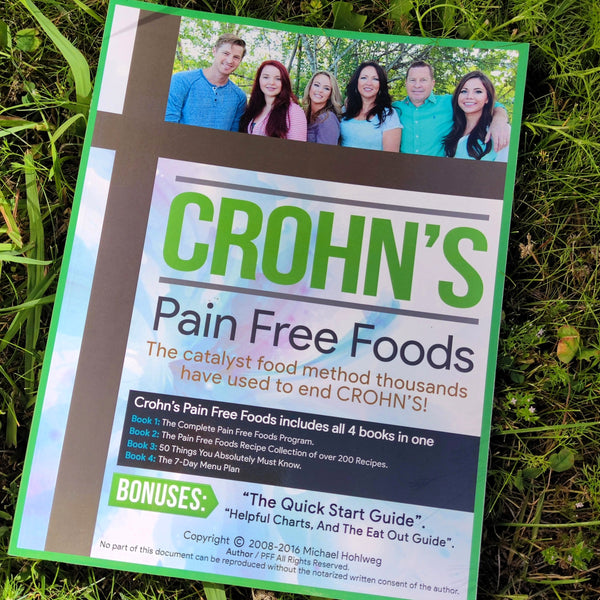Here is where things get interesting. You’ve been taught that there are two forms of digestion, one is healthy and non-damaging, the other is hydrochloric acid digestion. In the U.S, U.K, AU, and CAN we’ve all (doctors included) have all forgotten that enzyme digestion is good and acid digestion is potentially corrosive. Enzymes are designed to gently digest food and extract its nutrition. The opposite of this highly efficient and harmless enzyme digestion is hydrochloric acid digestion, which can be so harmful to many internal systems and tissues.
You may ask: why doesn’t my body simply choose enzymes to digest my food all the time instead of allowing stomach acid to damage my health? Here’s our researched based theory: Digestive enzymes are not compatible with complicated meals (meals containing specific foods we call catalyst foods)all types of food. Yes, youYou need a broad nutritional base… Carbs, proteins, fats, oils, vegetables etc… But we can modify our meals slightly or our supplement intake and put ourselves in total control of whether we digest with enzymes or continue to torture ourselves with acid digestion.
Unintentionally, you are forcing your body to use acid digestion and flooding your entire digestive tract with acid with every meal and snack. We believe this corrodes and deteriorates the delicate valves, protective mucosal linings, and in severe cases, intestinal walls and tissues that weren’t designed for this much acid exposure. Over time we believe this leads to symptoms like bloating, gas, heartburn, acid reflux, diarrhea, constipation, indigestion, and for some, diverticulitis, diverticulosis, colitis/UC, and Crohn’s.



Here is where things get interesting. You’ve been taught that there are two forms of digestion, one is healthy and non-damaging, the other is hydrochloric acid digestion. In the U.S, U.K, AU, and CAN we’ve all (doctors included) have all forgotten that enzyme digestion is good and acid digestion is potentially corrosive. Enzymes are designed to gently digest food and extract its nutrition. The opposite of this highly efficient and harmless enzyme digestion is hydrochloric acid digestion, which can be so harmful to many internal systems and tissues.

You may ask: why doesn’t my body simply choose enzymes to digest my food all the time instead of allowing stomach acid to damage my health? Here’s our researched based theory: Digestive enzymes are not compatible with complicated meals (meals containing specific foods we call catalyst foods)all types of food. Yes, youYou need a broad nutritional base… Carbs, proteins, fats, oils, vegetables etc… But we can modify our meals slightly or our supplement intake and put ourselves in total control of whether we digest with enzymes or continue to torture ourselves with acid digestion.
Unintentionally, you are forcing your body to use acid digestion and flooding your entire digestive tract with acid with every meal and snack. We believe this corrodes and deteriorates the delicate valves, protective mucosal linings, and in severe cases, intestinal walls and tissues that weren’t designed for this much acid exposure. Over time we believe this leads to symptoms like bloating, gas, heartburn, acid reflux, diarrhea, constipation, indigestion, and for some, diverticulitis, diverticulosis, colitis/UC, and Crohn’s.

Trigger Foods Explained
Whether you follow the Pain Free Foods eating plan or not, or if you take supplements or not, trigger foods are absolute “no no’s” for any one with negative digestive symptoms. Here is why:
These seven foods are responsible for more attacks and flare ups than any other single reason our coaches have ever seen.
We have coached tens of thousands, and evaluated the food diaries of thousands of sufferers. These seven foods keep you from getting better and may actually make things a lot worse. They are on our trigger food list for a reason, and we hope you will seriously consider avoiding them… forever.
Disclaimer: Not everyone has food allergies or sensitivities for the same reason or will experience the same result with this protocol. We are not doctors, nor are these facts reviewed by the FDA or doctors. We are presenting our theories and experience to show you what has worked for us and others using our strategies. Your condition is not known to us and you should not follow us if in doing so you are avoiding medical advice or treatment.
- Yogurt and kefir {the brand, or other factors do not matter}
- Sour cream
- Cottage cheese
- Nut butters
- Quinoa
- Drinks like Boost, Ensure, and Slim Fast
- Milk
These foods are considered “Trigger Foods” are because their carb/protein ratio initiates an automatic hydrochloric acid flow during digestion.
Some foods on the eat out guide seem to have a similar mix but are allowed on the program… Why? Because they didn’t cause flare ups in countless clients and force themselves onto the “naughty” list.
Even if you don’t do the food grouping religiously… lets say you follow the recipes you like and avoid the trigger foods and take the tea or the occasional supplement… that’s what many of our followers do!
At least by avoiding the seven serious offenders on this list, you can avoid the serious and sometimes catastrophic results that so many have suffered.

We know changing the way you eat can be a challenge, here are some alternatives we use for the trigger foods to make things easier:
Almond milk. Depending on whether its sweetened or flavored, it can be substituted in nearly any recipe you need milk for and even in cereals. Although counter intuitive, sweetened and/or vanilla varieties have the best carb/protein ratio.
Instead of a processed peanut butter, consider making one at home without sugar, or going for a variety that has no sugar added and eating only small quantities.
Coconut based yogurt is still yummy, but doesn’t have the protein that dairy based yogurt and kefir have. It’s a nice treat without the stomach troubles. If you’re eating yogurt as a way to get probiotics… ditch the yogurt and just take a probiotic supplement. We have a few great ones here at rachelstea.com but any probiotic supplement is better than yogurt because the additional stomach acid it causes is likely to kill its probiotic content anyway.
If you need a protein supplement, choose one that is low carb and high protein. Try to find the lowest carbs possible, in our experience, whey protein isolate and pea protein powders can be found with very low carbs.
Eliminate some of these trigger foods from your diet and see if you can tell a difference in how you feel!
*Disclaimer :"Rachel's Tea is not intended to diagnose, treat or cure any disease. If you are seeing a doctor or taking medications, continue to do so and consult with your physician before starting any new eating or nutrition program or changing your medication regimen. We do believe in this program and stand behind our guarantee 100%, but we are never going to be aware of all the conditions or complications that may exist in an individual patient. Doctors or nurses do not supervise Rachel's Tea nor have any trained personnel in any country evaluated its theories or recommendations. None of the statements on this website or within the program have been evaluated by the FDA or any other agency of any government of any country."
Featured Articles

My weight is already too low, what now?
Supplements, diet, or a combination of both for digestive relief?

Why would I do a liquid diet?
Why would I do a liquid diet?

How does tea help a digestive problem?
How does tea help a digestive problem?
Join our online Community
Join thousands of people that used to be searching for answers about digestion just like you were. Our private group is a secure place to find the answers you're looking for from real people and coaches.
Join Us




